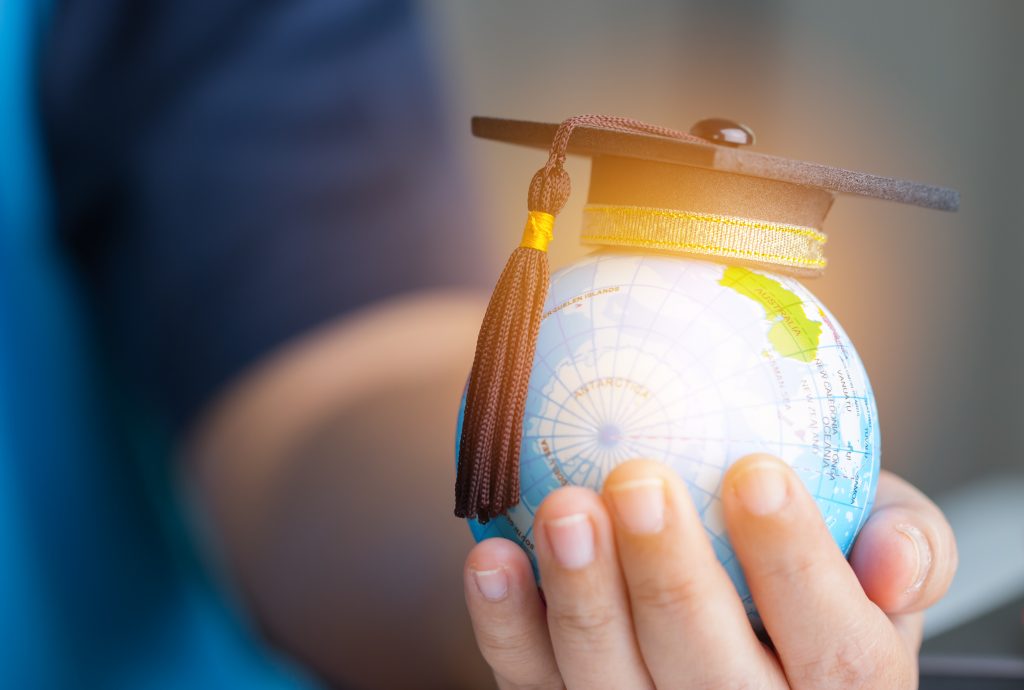Projects
-
PoC Round 2: Pilot-scale production of poly-γ-glutamic acid from algal by-products and its application in acidic drinks
University of Wolverhampton
-
PoC Round 2: Towards a Sustainable Route to Vitamin A production in Cyanobacteria
University of Nottingham
-
PoC Round 2: Value-added nutritional ingredients from algal waste streams
University of Manchester
-
BIV Round 2: SEADYES: Use of seaweed as a sustainable feedstock for dye extraction and application in the textile industry: screening, extraction and dyeing
Scottish Association for Marine Science
News
-
WWF TOR Literature Review of seaweed reducing methane emissions from UK ruminants open
24 March 2022
-
Developing the (UK) roadmap for industrial applications of algae for food and novel food ingredients - Tender EXTENDED until 16/08
9 July 2021
-
Algae-UK and IBioIC join forces to support sustainable production
25 June 2020
-
The Seaweed Manifesto
4 June 2020
Newsletter
Sign up for our newsletter to find out about the latest Algae news and opportunities



